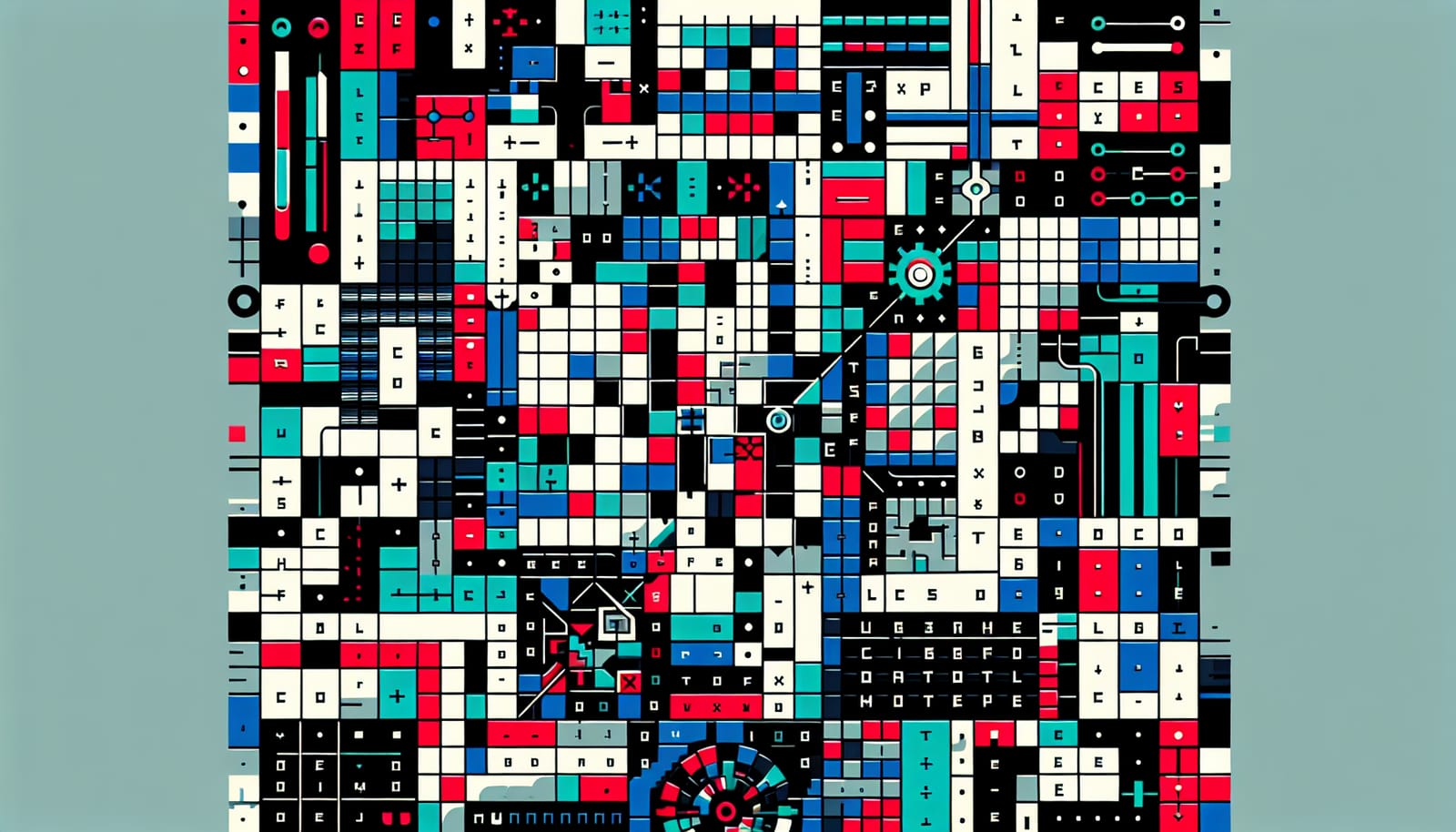
The Most Complex Crossword Ever Made—and Who Solved It
Crossword puzzles have captivated minds for generations, providing a blend of challenge, entertainment, and mental exercise. Among the myriad puzzles created over the years, one stands out as a pinnacle of complexity and ingenuity—the most complex crossword ever made. In this article, we will explore the creation, the solution, and the remarkable individual who managed to conquer this monumental challenge.
The Genesis of Complexity: A Brief History of Crosswords
Before we delve into the specifics of the most complex crossword puzzle, it’s essential to understand the evolution of crosswords. The first modern crossword puzzle was published in 1913 by Arthur Wynne in the New York World. It consisted of a diamond-shaped grid and a simple list of clues. Since then, the format has evolved significantly, with variations emerging worldwide.
The complexity of crossword puzzles can vary greatly. Some are designed for casual solvers, featuring straightforward clues and a manageable grid size. Others, however, push the envelope of difficulty, incorporating intricate wordplay, obscure references, and expansive grids.
In recent years, puzzle enthusiasts and professional constructors have taken on the challenge of creating the ultimate crossword experience, leading to the development of the most complex crossword ever made.
The Puzzle That Redefined Complexity
The most complex crossword puzzle is often attributed to the collaborative efforts of renowned crossword constructors, including the likes of Will Shortz, the crossword editor for The New York Times. Released in 2015, this extraordinary puzzle featured a staggering 1,000 clues and a grid that spanned over 30 x 30 squares, a significant increase compared to standard crosswords, which typically max out around 15 x 15.
The clues themselves varied in difficulty, ranging from straightforward definitions to convoluted riddles, requiring solvers to think laterally and sometimes even outside the box. Additionally, the puzzle incorporated themes and wordplay that demanded a broad vocabulary and a wealth of knowledge across various subjects, including history, science, pop culture, and literature.
Who Solved the Unsolvable?
The quest to solve the most complex crossword puzzle attracted the attention of many avid solvers, but one individual stood out from the crowd: Emily Cox. A seasoned crossword constructor and solver, Cox took on the challenge with determination and enthusiasm. It took her over 12 hours spread across several days to complete the puzzle, a testament to her skill and perseverance.
Cox documented her journey on social media, sharing her thought process and the strategies she employed to tackle the tricky clues. Her approach involved breaking down the clues into smaller parts, cross-referencing known letters, and relying on her extensive experience in crossword construction to deduce possible answers.
Her success not only highlighted her impressive skills but also brought attention to the art of crossword solving, inspiring others to take on similar challenges. Cox’s journey proved that with patience and the right mindset, even the most daunting puzzles could be conquered.
The Anatomy of a Complex Crossword
What makes a crossword puzzle complex? Several factors contribute to the overall difficulty level, and understanding these can enhance both the construction and solving experience.
Grid Design
The grid layout plays a crucial role in complexity. In the case of the most complex puzzle, the expansive 30 x 30 grid posed significant challenges for solvers. Larger grids often feature more interlocking words, which can complicate the solving process.
Clue Difficulty
The clues themselves can range from simple definitions to more obscure references. A well-crafted crossword will balance easier clues with more difficult ones, ensuring that solvers feel challenged but not overwhelmed. The most complex crossword included clues that required not just knowledge but also creativity and lateral thinking.
Theme Integration
Many crosswords incorporate themes that tie the clues together. Themes can provide additional layers of complexity, as solvers must recognize patterns or connections between seemingly unrelated clues. In the case of the most complex crossword, the themes were cleverly woven throughout the puzzle, challenging solvers to think outside the box.
The Impact of the Most Complex Crossword
The release of this complex crossword puzzle had significant implications beyond the solving community. It sparked discussions about the future of puzzle construction and the potential for using technology in creating even more intricate puzzles. With advancements in artificial intelligence and computational linguistics, the potential for new crossword innovations is vast.
Moreover, the puzzle reignited interest in crossword solving as a recreational activity. Many people, from casual solvers to seasoned professionals, were inspired to engage with crosswords, explore new constructing techniques, and share their love for puzzles with others.
Tips for Aspiring Crossword Constructors and Solvers
If you’re interested in creating or solving complex crosswords, consider the following tips:
Practice Regularly: Like any skill, puzzle-solving improves with practice. Regularly engaging with crosswords can enhance your vocabulary and problem-solving abilities.
Study Construction Techniques: For those interested in constructing puzzles, studying different construction styles and techniques can help you create engaging and challenging puzzles.
Join a Community: Engaging with other crossword enthusiasts can provide support, resources, and inspiration. Many online platforms and local clubs offer opportunities to connect with fellow solvers and constructors.
Stay Curious: A broad knowledge base is invaluable in crossword solving. Stay curious about the world around you and continually seek to learn new things.
Conclusion: A Celebration of Crosswords
The most complex crossword ever made stands as a testament to the artistry and challenge of puzzle creation and solving. It not only served as a formidable challenge for solvers like Emily Cox but also inspired a new generation of crossword enthusiasts.
As we continue to explore the fascinating world of crosswords, let us celebrate the creativity and ingenuity behind these seemingly simple grids of letters. Whether you’re a casual solver or an aspiring constructor, there’s always something new to learn and discover in the realm of crosswords. Happy puzzling!


